
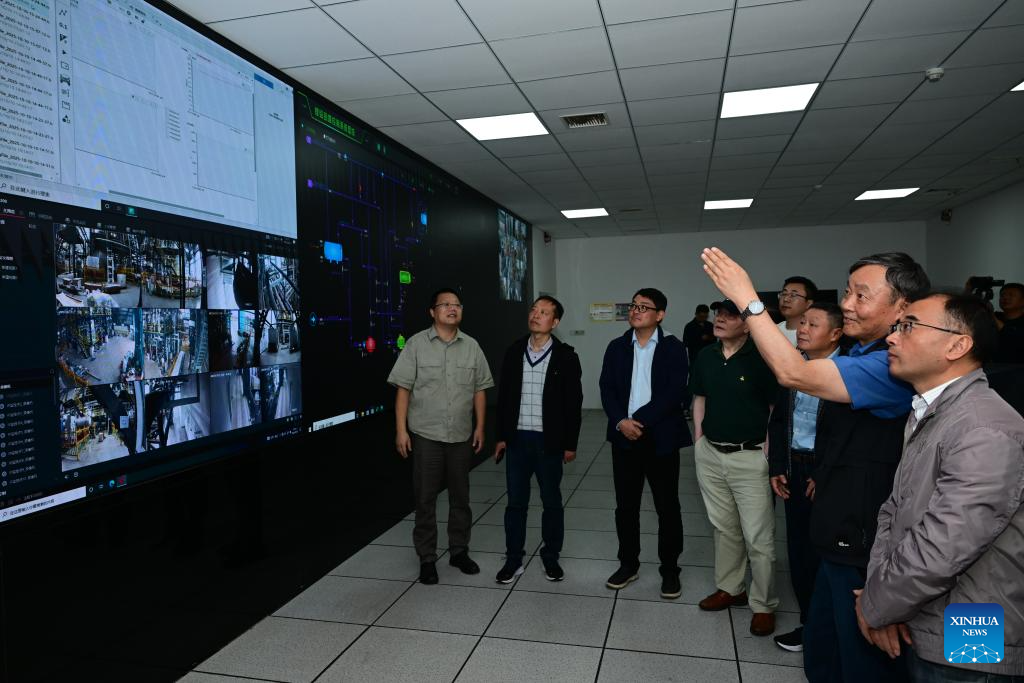
This photo taken on Oct. 13, 2025 shows an expert group at a testing site of the Divertor Prototype of CRAFT (Comprehensive Research Facility for Fusion Technology) in Hefei, east China's Anhui Province. (Xinhua/Zhou Mu)
China has achieved a significant milestone in next-generation "artificial sun" technology development, with one of its key subsystems having passed expert review and acceptance procedures on Monday.
The Divertor Prototype of CRAFT (Comprehensive Research Facility for Fusion Technology) was developed by the Chinese Academy of Sciences' Institute of Plasma Physics. It is one of 19 key subsystems of the CRAFT, a platform on which engineers develop and test key components of fusion energy reactors.
This milestone marks the successful development of the world's largest divertor prototype component with the highest thermal load, independently developed by China.
Testing demonstrated that the component achieves a steady-state thermal load of 20 megawatts per square meter, enabled by its flat plate design which maintains tungsten surface temperatures below recrystallization thresholds.
The divertor, as a key component in steady-state operation of the fusion reactor core, is responsible for discharging fusion products and heat, as well as controlling impurities.
A key innovation of the CRAFT Divertor Prototype is its integrated mixed divertor coating design, which could theoretically increase the tritium breeding ratio by over 3 percent -- thereby facilitating tritium self-sustainability.
Researchers emphasized that this breakthrough marks China's achievement of full self-sufficiency in divertor R&D, establishing a robust technical foundation for future engineering applications in domestic fusion reactors.
Notably, the relevant technologies also hold significant potential for application in aerospace, high-end medical equipment, industrial electronics and new energy vehicles.
The ultimate goal of an "artificial sun" is to create nuclear fusion like the sun does -- thereby providing humanity with an inexhaustible clean energy source and enabling space exploration beyond our solar system.
China has been making remarkable progress in fusion energy, with its Experimental Advanced Superconducting Tokamak continuously breaking world records through ongoing experimental upgrades. (Xinhua)
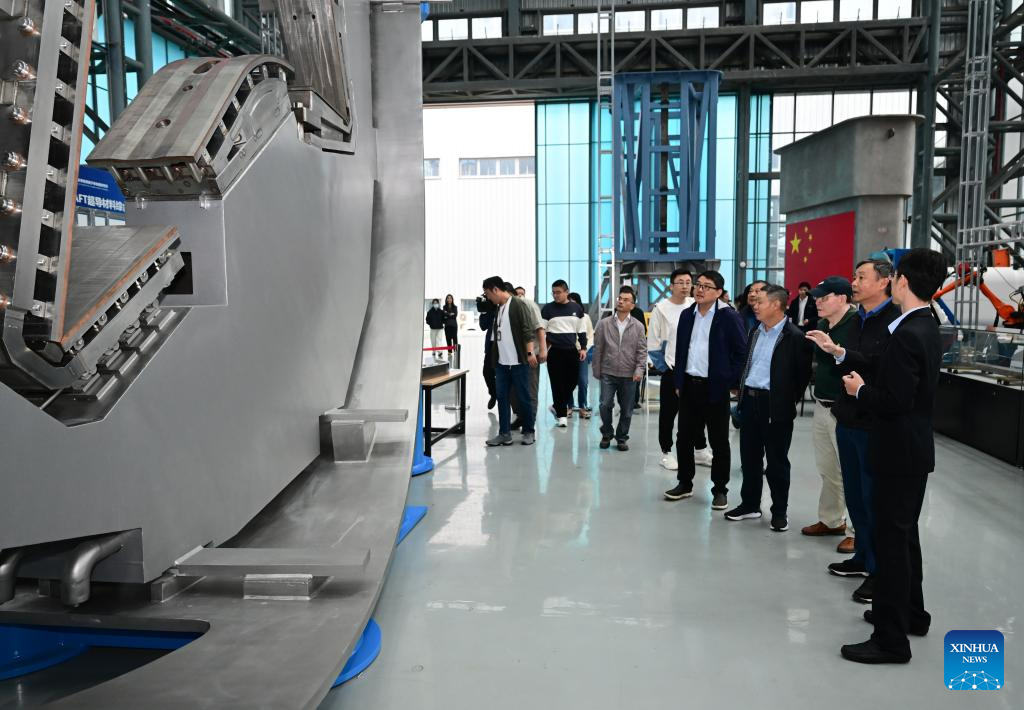
This photo taken on Oct. 13, 2025 shows an expert group at a testing site of the Divertor Prototype of CRAFT (Comprehensive Research Facility for Fusion Technology) in Hefei, east China's Anhui Province. (Xinhua/Zhou Mu)
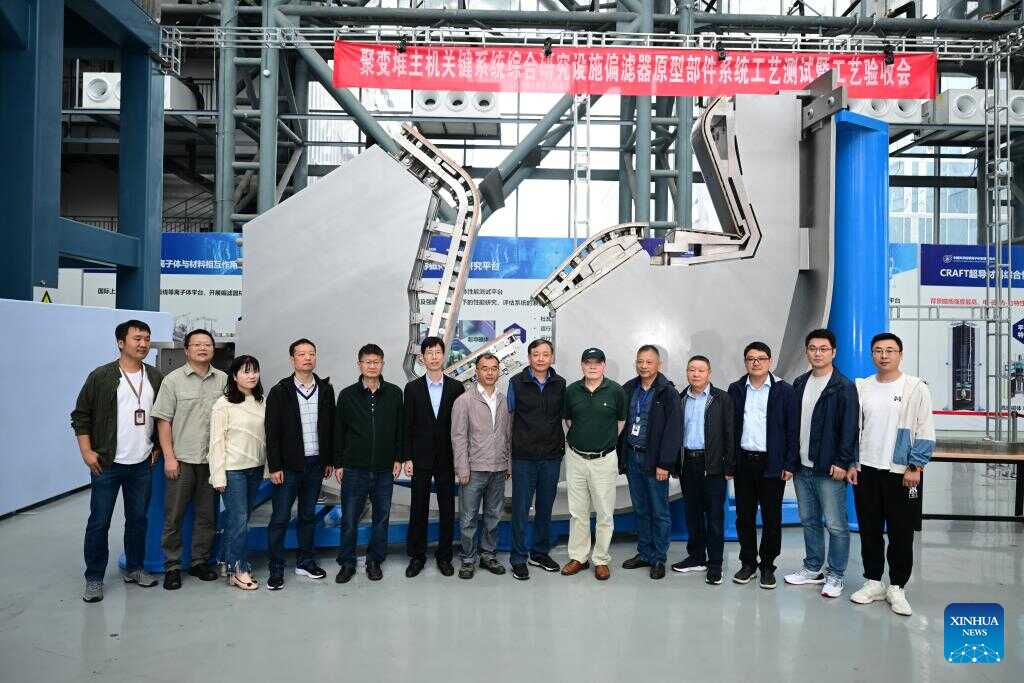
An expert group and researchers pose for a group photo at a testing site of the Divertor Prototype of CRAFT (Comprehensive Research Facility for Fusion Technology) in Hefei, east China's Anhui Province, on Oct. 13, 2025. (Xinhua/Zhou Mu)
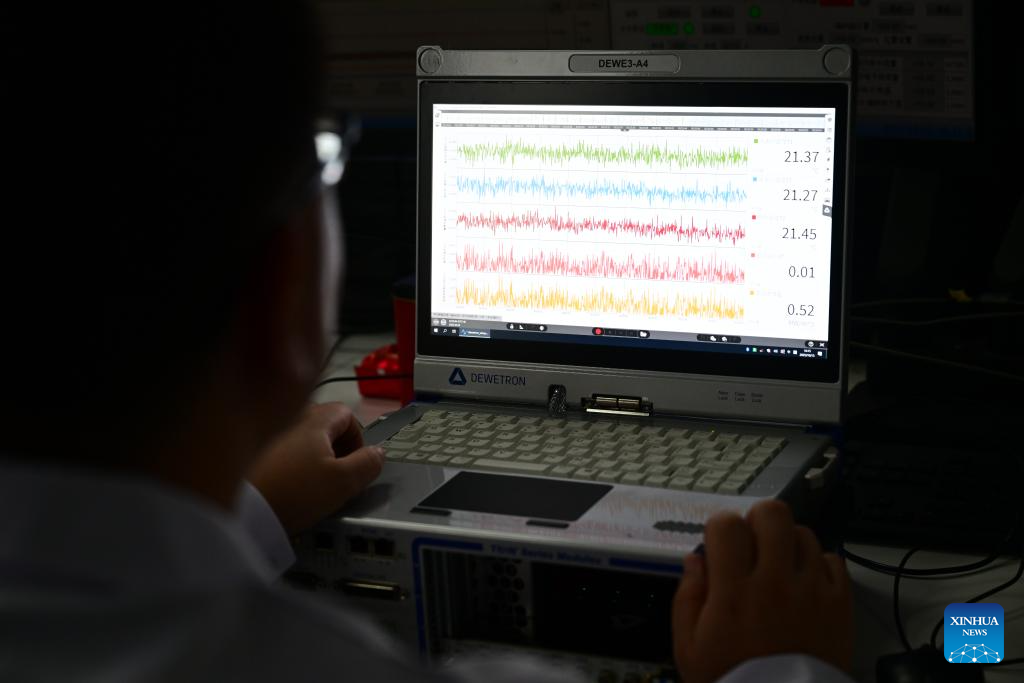
A researcher works at a testing site of the Divertor Prototype of CRAFT (Comprehensive Research Facility for Fusion Technology) in Hefei, east China's Anhui Province, on Oct. 13, 2025. (Xinhua/Zhou Mu)
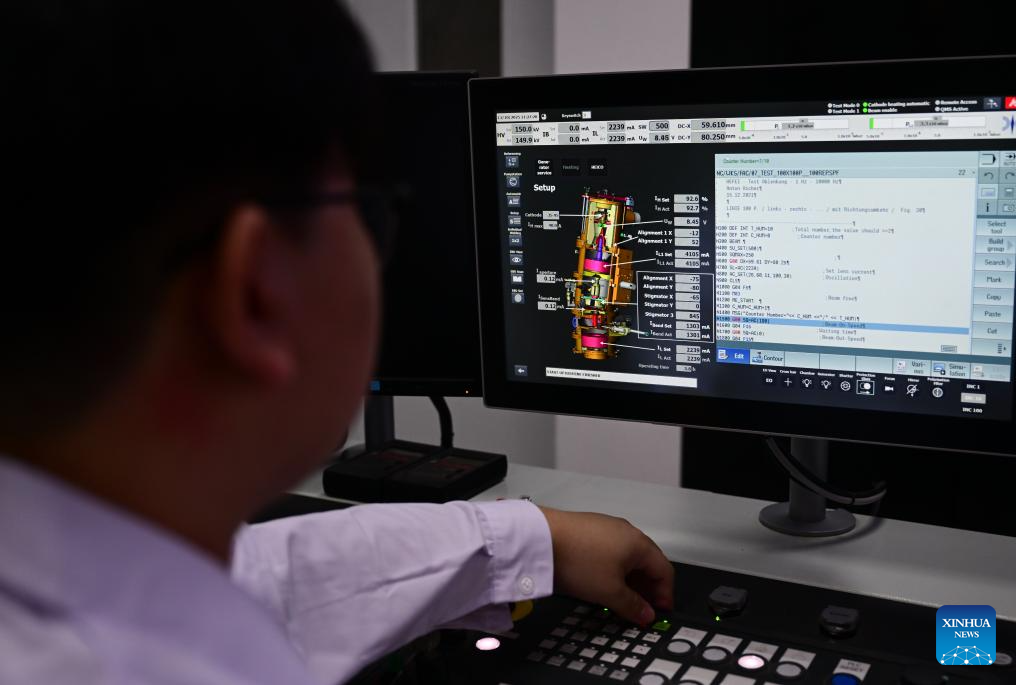
A researcher works at a testing site of the Divertor Prototype of CRAFT (Comprehensive Research Facility for Fusion Technology) in Hefei, east China's Anhui Province, on Oct. 13, 2025. (Xinhua/Zhou Mu)
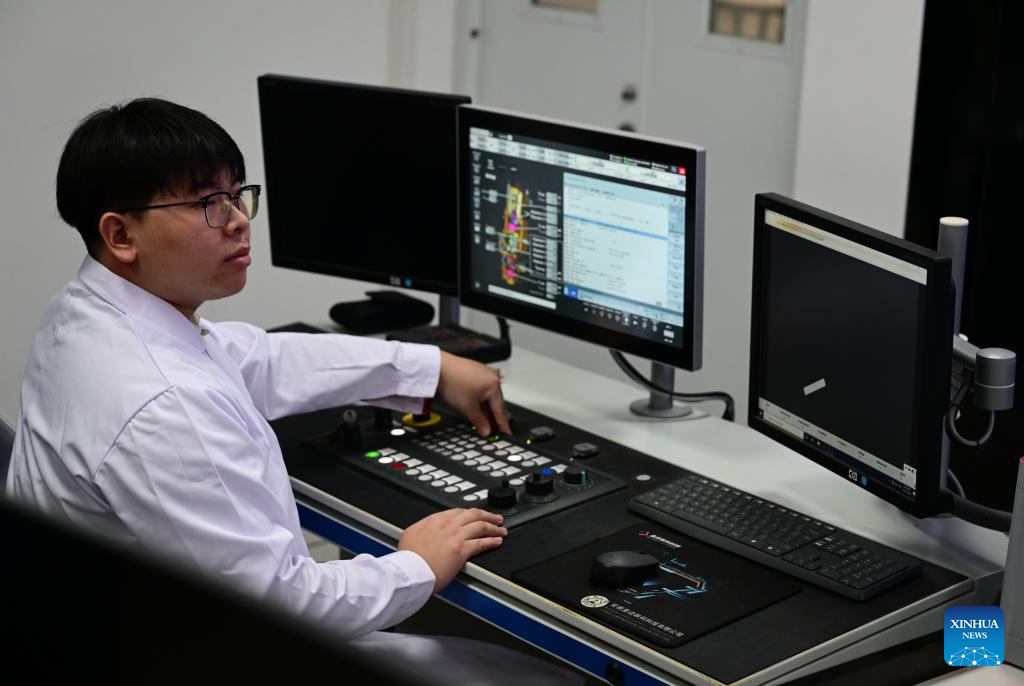
A researcher works at a testing site of the Divertor Prototype of CRAFT (Comprehensive Research Facility for Fusion Technology) in Hefei, east China's Anhui Province, on Oct. 13, 2025. (Xinhua/Zhou Mu)
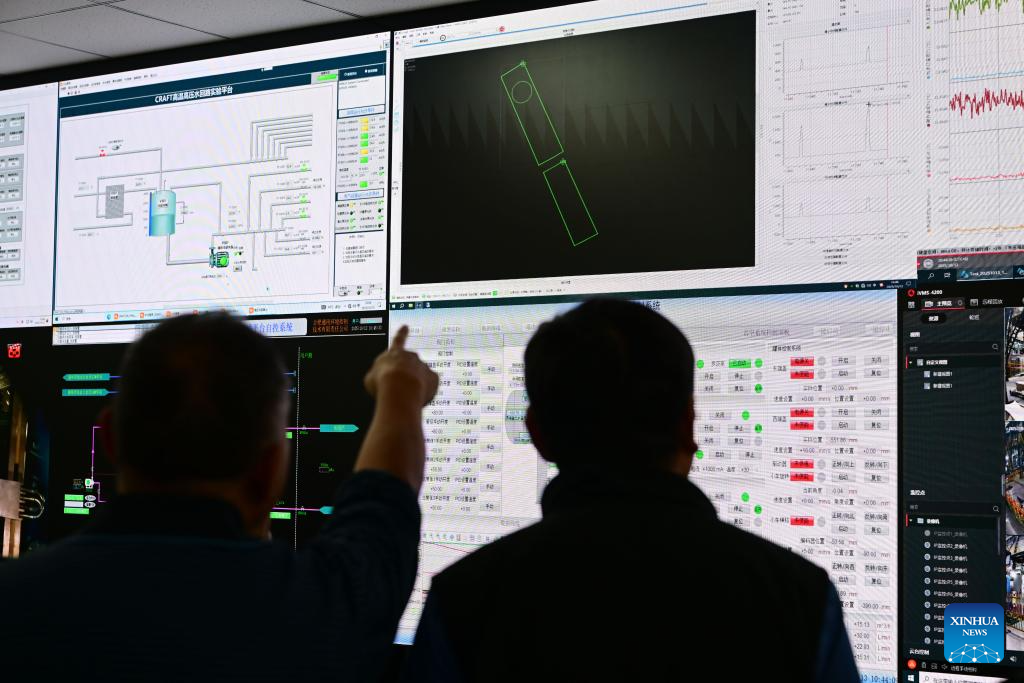
Experts work at a testing site of the Divertor Prototype of CRAFT (Comprehensive Research Facility for Fusion Technology) in Hefei, east China's Anhui Province, on Oct. 13, 2025. (Xinhua/Zhou Mu)
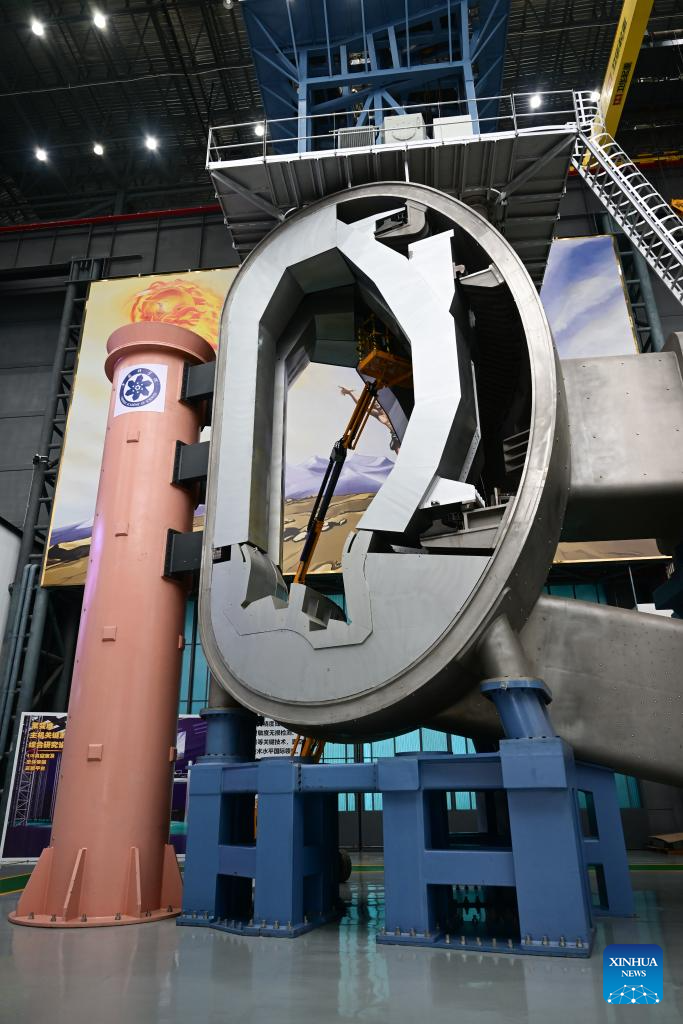
This photo taken on Oct. 13, 2025 shows the one-eighth vacuum chamber of CRAFT (Comprehensive Research Facility for Fusion Technology), where the Divertor Prototype is installed inside, in Hefei, east China's Anhui Province. (Xinhua/Zhou Mu)
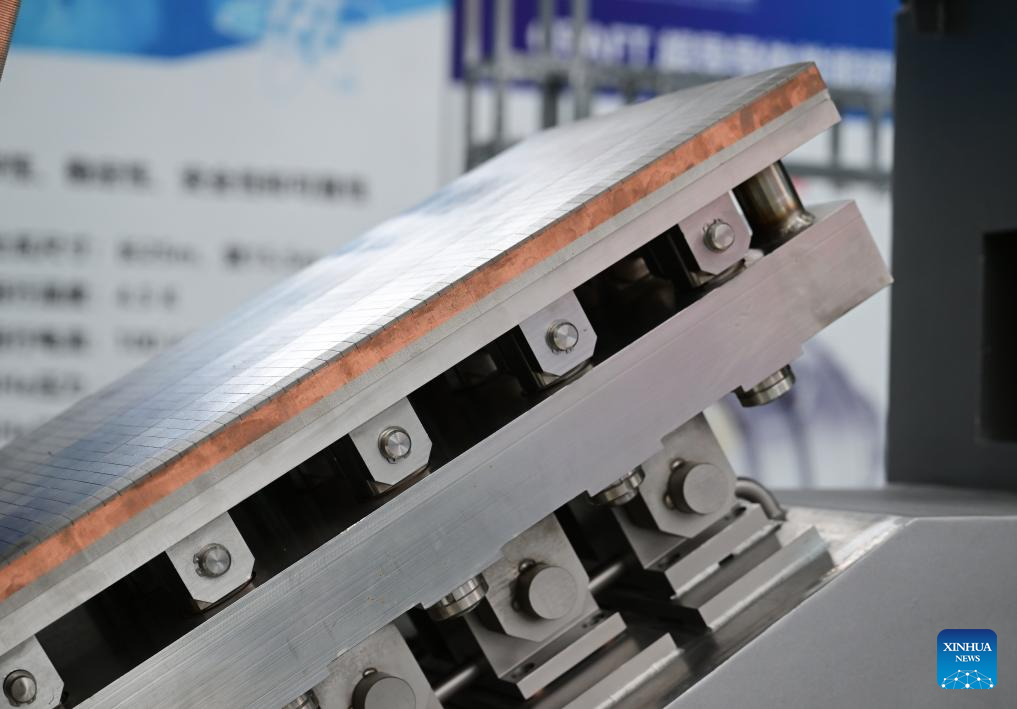
This photo taken on Oct. 13, 2025 shows the Divertor Prototype of CRAFT (Comprehensive Research Facility for Fusion Technology) in Hefei, east China's Anhui Province. (Xinhua/Zhou Mu)

86-10-68597521 (day)
86-10-68597289 (night)

52 Sanlihe Rd., Xicheng District,
Beijing, China (100864)

